In January 2016, Saudi Deputy Crown Prince Muhammad bin Salman stunned the world by announcing what could be the biggest initial public offering (IPO) in history. The Saudi government intends to offer shares representing about 5 percent of Saudi Aramco, which has been under government control since it was nationalized in the 1970s. With reserves 10 times larger than those of ExxonMobil, Aramco is the world’s largest oil producer and could have a market value as high as $2 trillion. The government aims for the IPO to take place in late 2018.
The Aramco IPO marks a historic shift for the Saudi economy and the global oil market writ large. But the huge IPO is only a small part of a larger plan that the deputy crown prince has put in motion to transform the Saudi economy. Vision 2030 intends to diversify the Saudi economy beyond the oil sector while addressing budget deficits that have plagued the government since the 2014 oil price crash.
Proceeds from the IPO will go to the Saudi Public Investment Fund (PIF), established in 1971 to finance projects to make the Saudi economy less dependent on oil. The PIF already controls significant stakes in Saudi Basic Industries Company and National Commercial Bank and it holds overseas investments in countries including Russia and South Korea. The infusion of cash from the Aramco IPO will allow the PIF to increase its investments at home and abroad, and to function more like a traditional sovereign wealth fund. Ownership of the remaining 95 percent of Aramco will also be transferred from the government to the PIF.
The Aramco IPO is a crucial part of achieving the goals of Vision 2030, but the IPO faces a number of challenges.
Will the IPO be transparent?
One important challenge to the IPO is the secretive nature of Aramco. The company has never needed to disclose any kind of financial statements and only recently has it brought in independent auditors to verify its reserves. Details about reserves are closely guarded secrets, but Aramco claims it has 260 billion barrels, or 15 percent of the world’s proven oil reserves.
Despite the effort to clarify reserves, other parts of Aramco’s operations remain opaque. In May, Muhammad bin Salman said on state television that decisions about oil and gas production and investment will remain in the hands of the Saudi government after the IPO. Aramco’s decisions will remain subject to OPEC’s policies, which take geopolitics and global prices into account. For example, Aramco has pulled back on production since early 2017 and OPEC and other producers, including Russia, have agreed to extend the production cuts until the end of March 2018.
The Saudis will face a decision with respect to transparency—greater transparency could increase Aramco’s value by decreasing the investment’s risk. However, some within the kingdom, particularly in the royal family, may not want full transparency into Aramco operations. How much will the Saudis be willing to “lift the veil” on Aramco to maximize the return from the IPO?
What is Aramco worth?
Valuing Aramco presents another challenge. The usual valuation methods, like price-to-earnings ratio or value per barrel of reserves may not apply to a company whose primary goal is not maximization of shareholder value. Investors sometimes discount the value of largely state-owned companies to account for political risk. Brazil’s Petrobras and Russia’s Rosneft provide examples of largely state-owned companies that have encountered political and corruption challenges that reduced their share prices.
Additionally, Aramco takes on many other roles in the kingdom apart from upstream and downstream oil. Aramco is generally considered professional and well-run, and is the kingdom’s favored builder and operator of high-profile projects, including soccer stadiums and hospitals. Aramco is working to diversify its portfolio, signing roughly $50 billion in deals with U.S. companies during President Trump’s recent visit. Some of these deals did not directly involve oil, such as one for a new shipbuilding complex in Saudi Arabia. These non-core functions may negatively impact Aramco’s valuation.
One frequently heard concern about the Aramco IPO is that declining oil demand will erode the company’s value. Some oil demand scenarios (including those from Statoil and Shell) see declining global oil demand beginning in the 2030s. However, one hears in the industry that the world’s very last barrel of oil will be produced in Saudi Arabia. Given the kingdom’s very low oil production costs and vast reserves, this could well be true. Even with declining oil demand, Saudi oil will be competitive until the end, although the path of future prices is another question.
Tax and dividend policy is another open question. Aramco currently pays a 20 percent royalty on revenues and a 50 percent income tax, with the tax reduced from 85 percent after the IPO announcement. This move marks a structural change in how the government receives revenue from Aramco, changing from primarily tax payments to a combination of tax payments and dividend payments to the PIF. This change is also designed to more closely align the government’s interests with those of shareholders, since both will receive funds through dividends.
In March of 2016, Muhammad bin Salman said that Aramco is worth a minimum of $2 trillion. On the low side, in early 2017 the energy consultancy Wood Mackenzie estimated Aramco’s value at $400 billion (based on the earlier higher rate of taxation, resulting in a lower value). Clearly the valuation is uncertain and won’t be clear until shares are actually sold, but the general consensus seems to be a value of around $1.5 trillion. This value is highly dependent on one’s opinion on the future path of oil prices.
Where will Aramco shares be listed?
An additional question is where the IPO will be floated. Some of the shares will be offered on the Riyadh Stock Exchange, known as the Tadawul. The market is undergoing significant change and modernization in preparation for the Aramco IPO and the privatization of other Saudi industries, amending its settlement rules, allowing short-selling, and increasing foreigners’ ability to buy and sell on the exchange.
Even at the low end of estimated values for Aramco as a whole, the 5 percent IPO is likely to be the largest ever, surpassing Alibaba’s $25 billion IPO in 2014.
But to bring in international capital, the majority of the IPO will be offered on one or more international exchanges. The listing is attractive for the world’s exchanges because of its size. Even at the low end of estimated values for Aramco as a whole, the 5 percent IPO is likely to be the largest ever, surpassing Alibaba’s $25 billion IPO in 2014.
Several exchanges are competing for the honor, including those in London, Hong Kong, Tokyo, and New York. The London Stock Exchange (LSE) generally requires at least 25 percent of a firm’s shares to be floated (although not necessarily all on the LSE) to achieve the “premium listing” held by most listed firms. The LSE is exploring adding a new category of listing to better meet Aramco’s needs. Hong Kong and Tokyo are attractive alternatives given that Asia is where the majority of oil demand growth is occurring.
Listing on the New York Stock Exchange (NYSE) may be challenging for a number of reasons. Congress passed the Justice against Sponsors of Terrorism Act (JASTA) in late 2016, overriding a veto from President Obama. JASTA allows a U.S. citizen to bring a claim against a foreign government for aiding and abetting an act of international terrorism. Several lawsuits have been filed in U.S. federal courts under JASTA alleging that the Saudi government was involved in the terrorist attacks of September 11, 2001. Additionally, firms that list on the NYSE must go through a U.S. Securities and Exchange Commission audit, a level of transparency that Aramco management may not wish to establish.
IPO is essential to reform plan
Muhammed bin Salman’s Vision 2030 plan for diversifying the Saudi economy aims to transform the kingdom and its role in the global economy. The Aramco IPO is an important step and a funding mechanism for this plan. While the oil and financial industries are united in the belief that the IPO will go forward, critical questions surrounding transparency, valuation, and strategy mean that the overall outcome of the IPO is still in question.

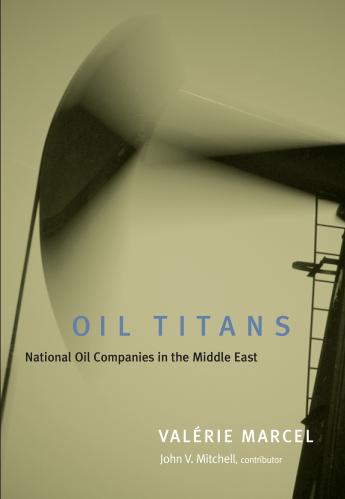
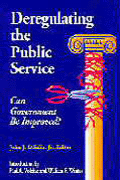
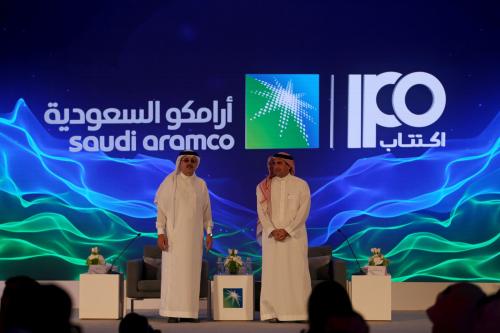
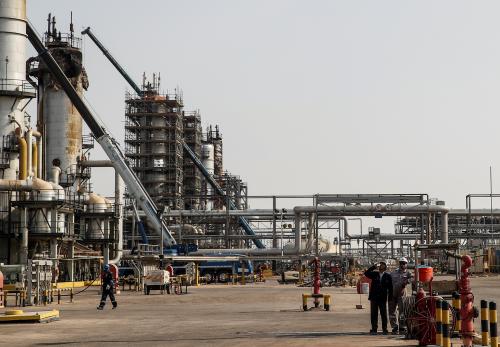
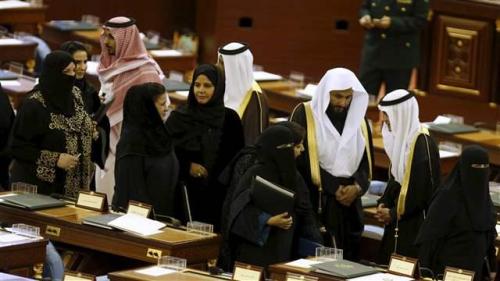

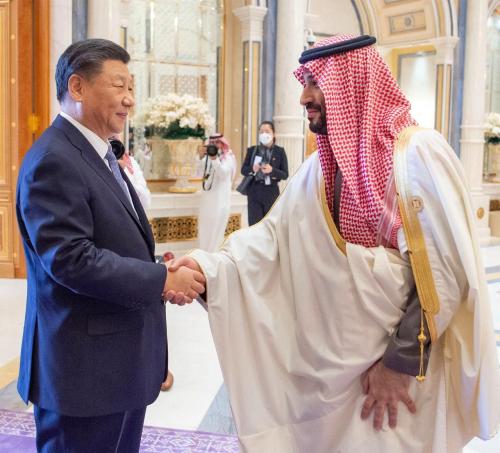
Commentary
The Saudi Aramco IPO is a game-changer for the Saudi economy
June 6, 2017